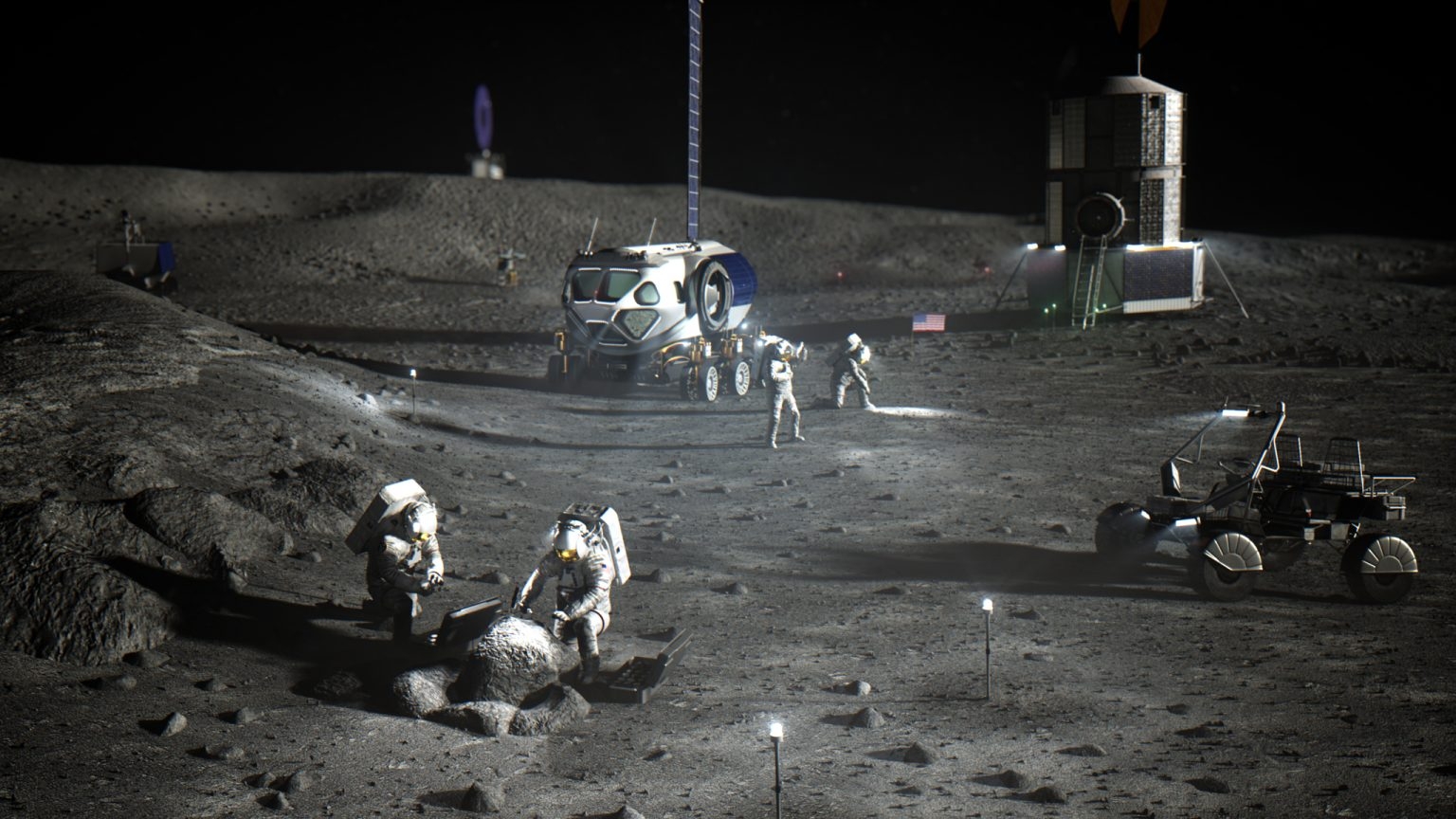The only total solar eclipse of 2021 in pictures: Amazing photos from Antarctica
Scientists went to the ends of the Earth to see the rare event. Here's what they saw.
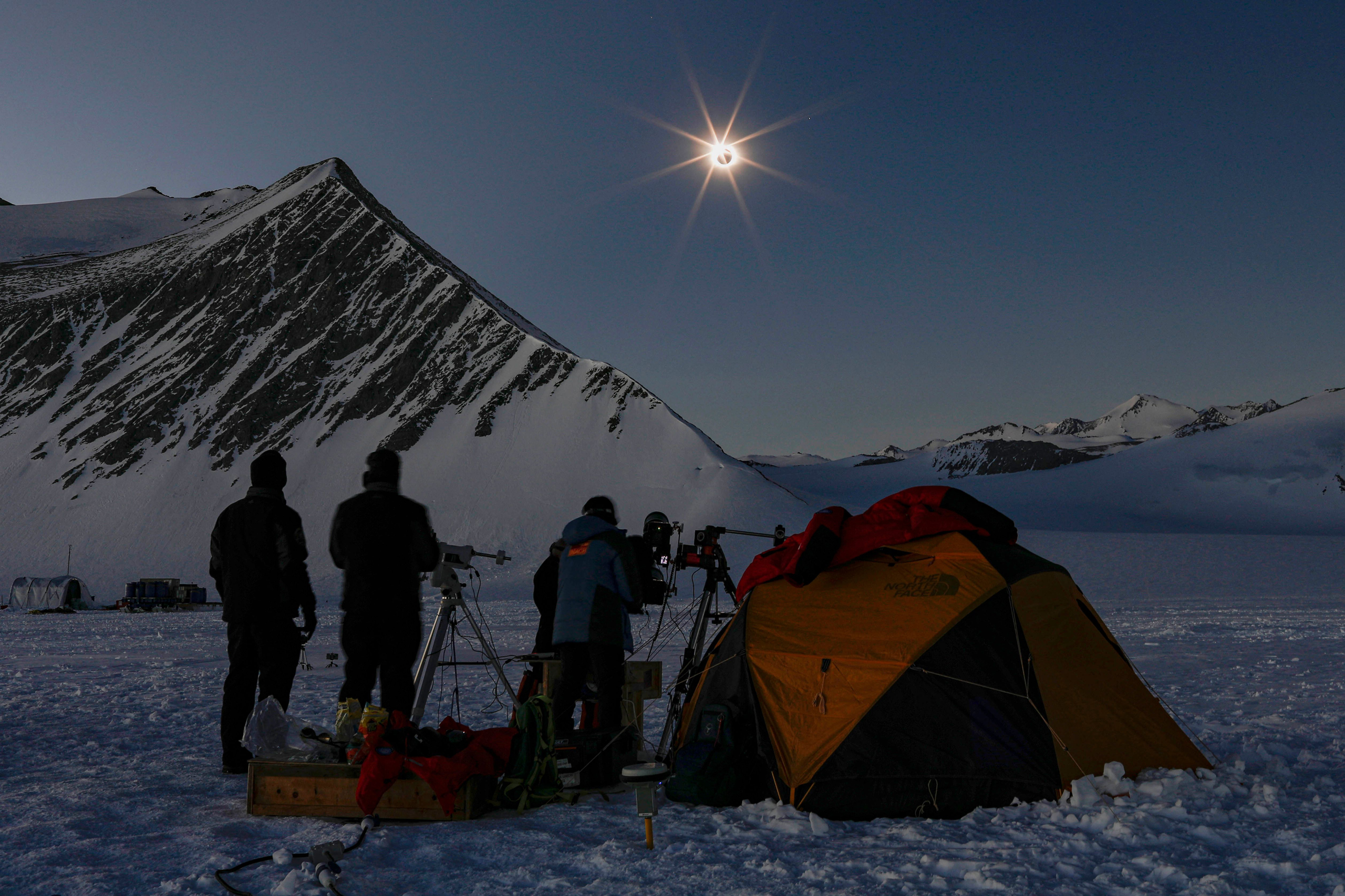
On Dec. 4, 2021, the moon passed in front of the sun in the only total solar eclipse of the year.
It was a dazzling sight, but one visible to only a few. The path of totality for the solar eclipse, a thin strip in which the moon's shadow touches the Earth's surface, stretched across a remote part of Antarctica where relatively few human observers could see. (A partial eclipse was visible to parts of Saint Helena, Namibia, Lesotho, South Africa, South Georgia and Sandwich Islands, Crozet Islands, Falkland Islands, Chile, New Zealand, and Australia.
Full Story: The only total solar eclipse of 2021 creates dazzling sight over Antarctica
Still, intrepid scientists ventured out into the harsh Antarctica terrain to observe the solar eclipse (and broadcast it live). You can see their photos and diagrams of the eclipse here by clicking the arrow buttons above.
In this photo above, taken by photographer Felipe Trueba for Imagen Chile, AFP and Getty, a small team of Chilean and U.S. scientists observe the solar eclipse at totality from Union Glacier in Antarctica.

This second photo of the total solar eclipse of 2021 from photographer Felipe Trueba from Union Glacier in Antarctica shows a land awash in darkness during the moment of totality.
The totality phase lasted about 2 minutes, precious time in which scientists snapped photos of the moon and sun for studies on both objects, as well as the effects of such eclipses on Earth.
During a solar eclipse, the outer region of the sun's atmosphere, called the corona, can be observed by scientists in a rare opportunity to study the region. It is typically obscured by the bright face of the sun, NASA has said.
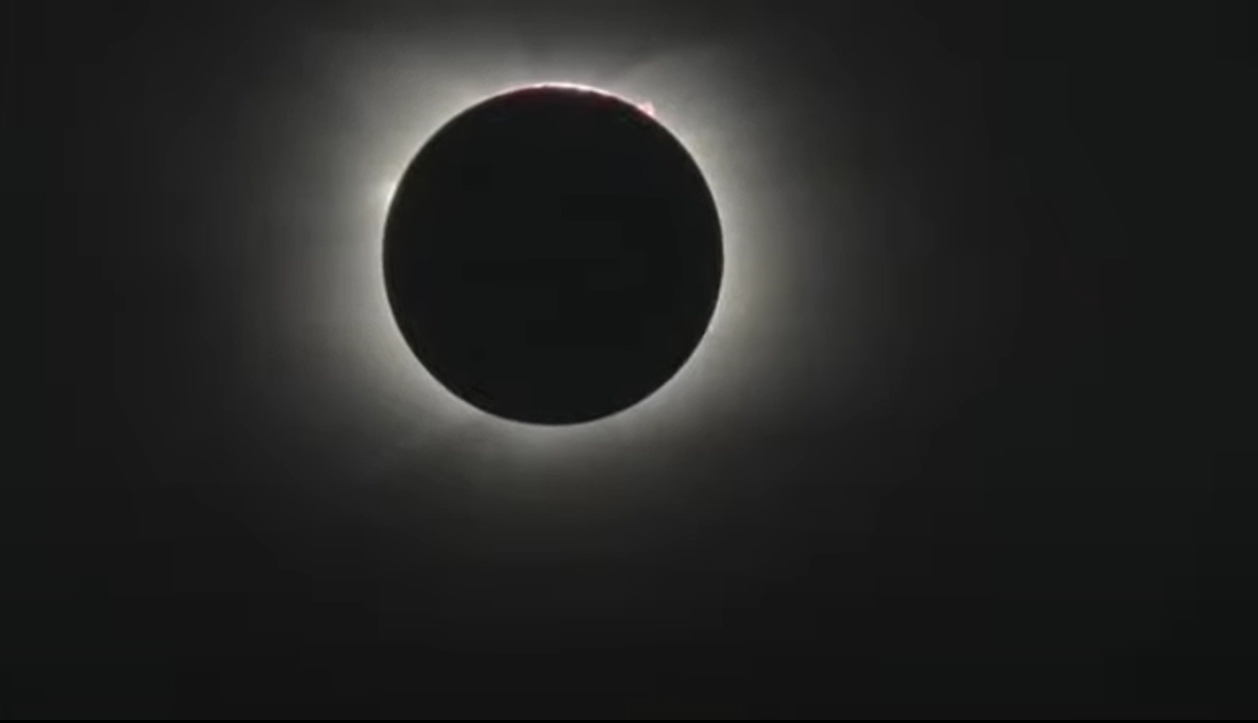
The moment of totality for the total solar eclipse of Dec. 4, 2021 takes on a stark beauty in this telescope view from a live webcast by scientists Theo Boris and Christian Lockwood of the JM Pasachoff Antarctic Expedition from their observing point in Union Glacier, Antarctica.
Here, you can see the sun's corona extending out from the obscured solar surface. At top, a prominence on the sun is visible as it appears to arc out from the moon's disk.
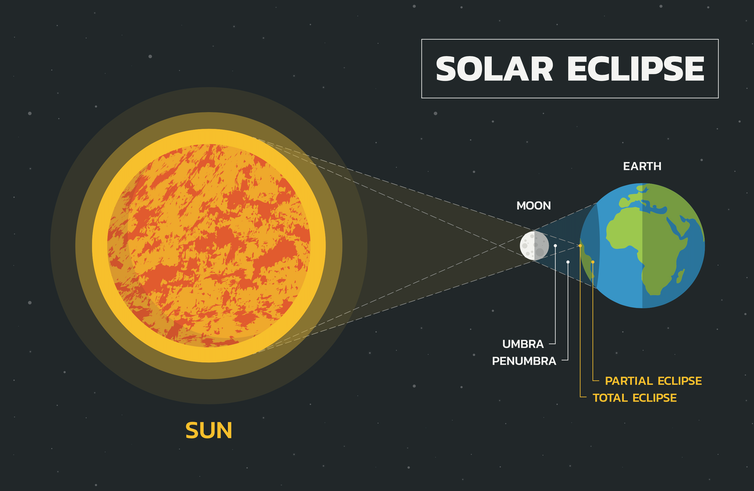
Here's a diagram of what you're seeing in these photos from a the total solar eclipse of Dec. 4, 2021.
During a solar eclipse, the moon passes directly between the Earth and sun as seen from our planet's surface. The alignment, which only occurs during a New Moon phase of the moon, casts the moon's shadow on a small path of the Earth as the moon moves around our planet.
People observing from within the path of totality see a total solar eclipse. For those outside that narrow strip of land (the length of which varies per eclipse), they can see a partial solar eclipse.
The moon's orbit is tilted with respect to the sun, so solar eclipses do not occur every New Moon.
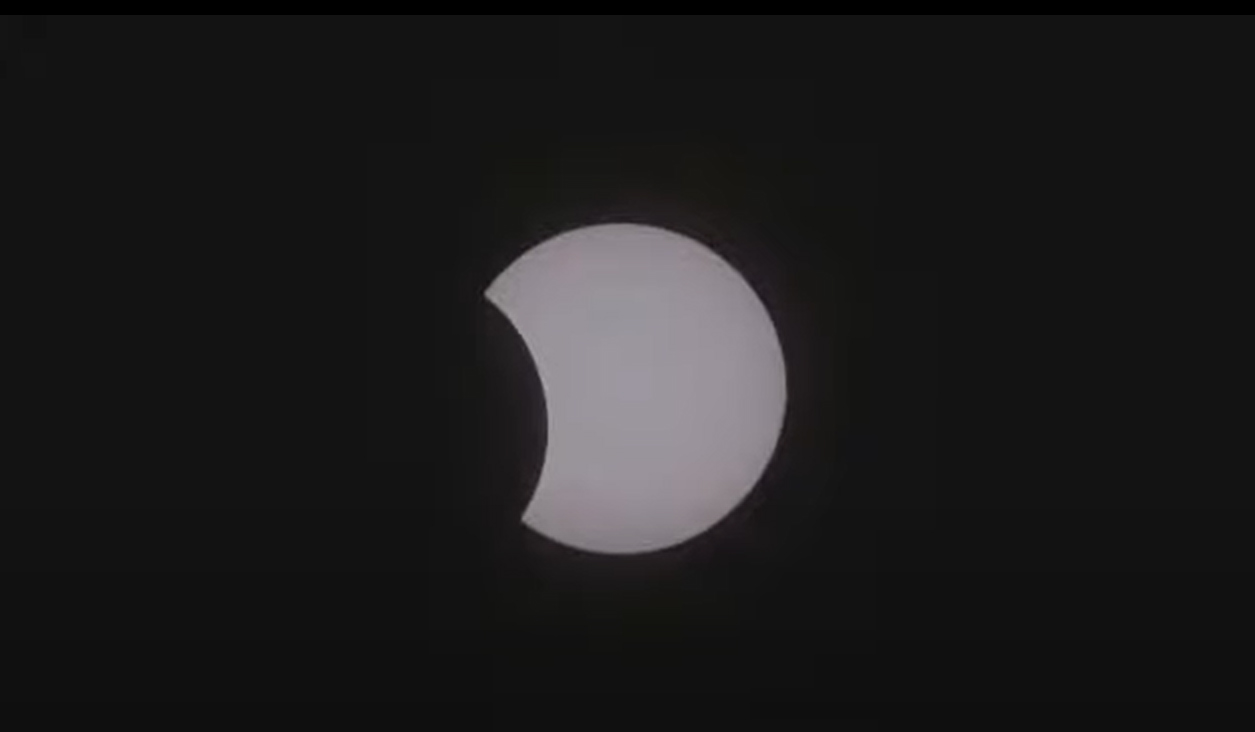
The total solar eclipse of 2021 begins in this still from a video captured by Theo Boris and Christian Lockwood of the JM Pasachoff Antarctic Expedition on Dec. 4, 2021.

As the total solar eclipse of Dec. 4, 2021 progress, the moon gradually covered more and more of the sun's disk, leaving only a sliver as seen here in this still from the video by Theo Boris and Christian Lockwood of the JM Pasachoff Antarctic Expedition.
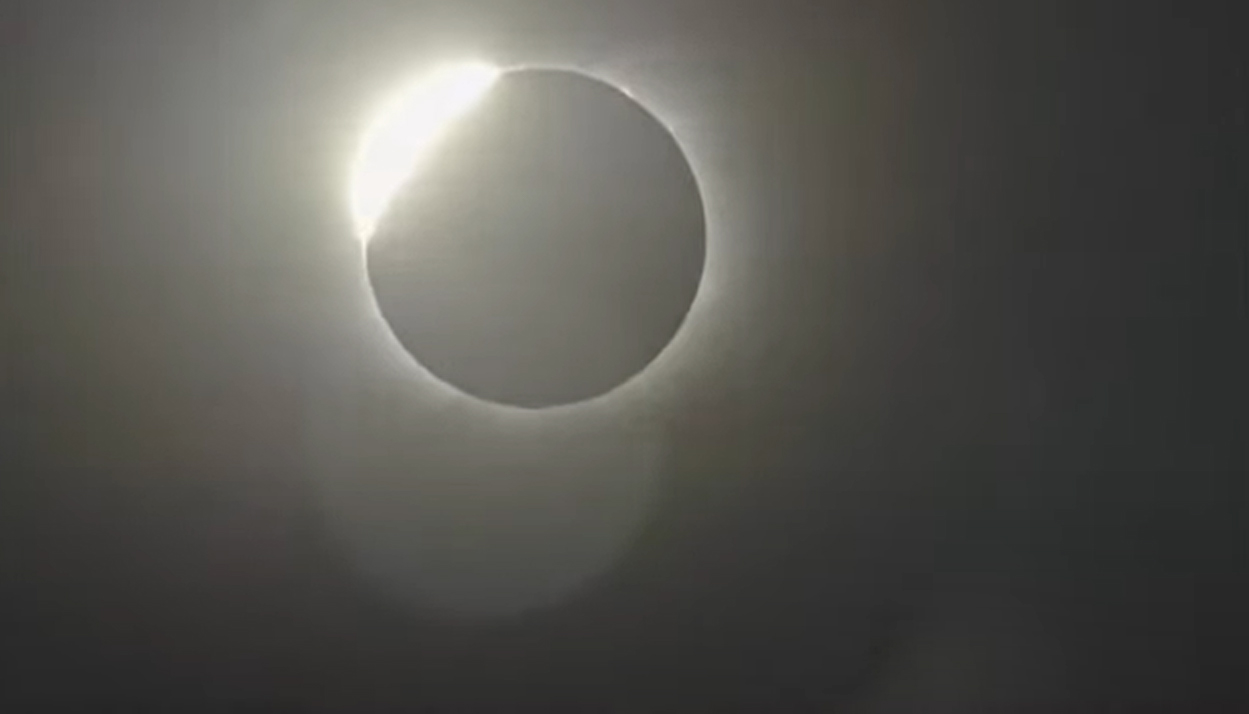
Just after the moment of totality, the sun's light emerged from behind the sun creating this dazzling view.
The event is known as the "diamond ring effect" due to its similarity to the jewelry.
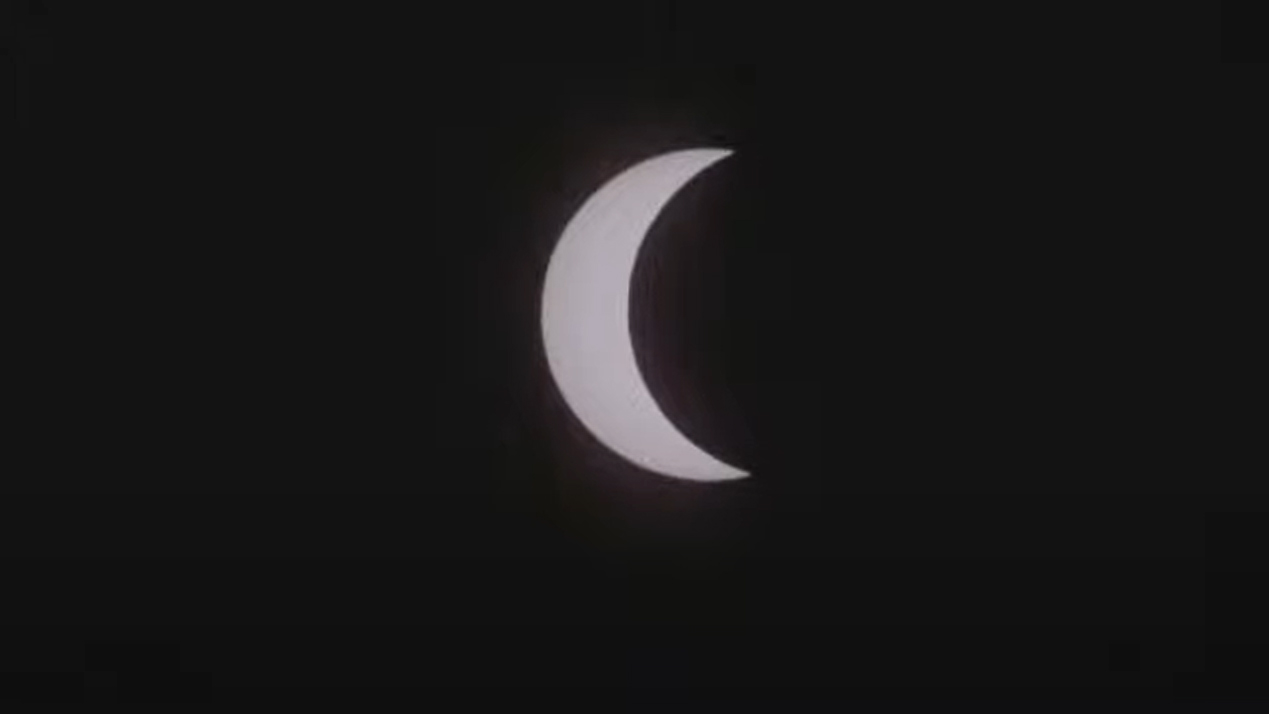
After totality, the moon continued on its path across the face of the sun, exposing a crescent sun by Theo Boris and Christian Lockwood of the JM Pasachoff Antarctic Expedition from their observing point in Union Glacier, Antarctica on Dec. 4, 2021..
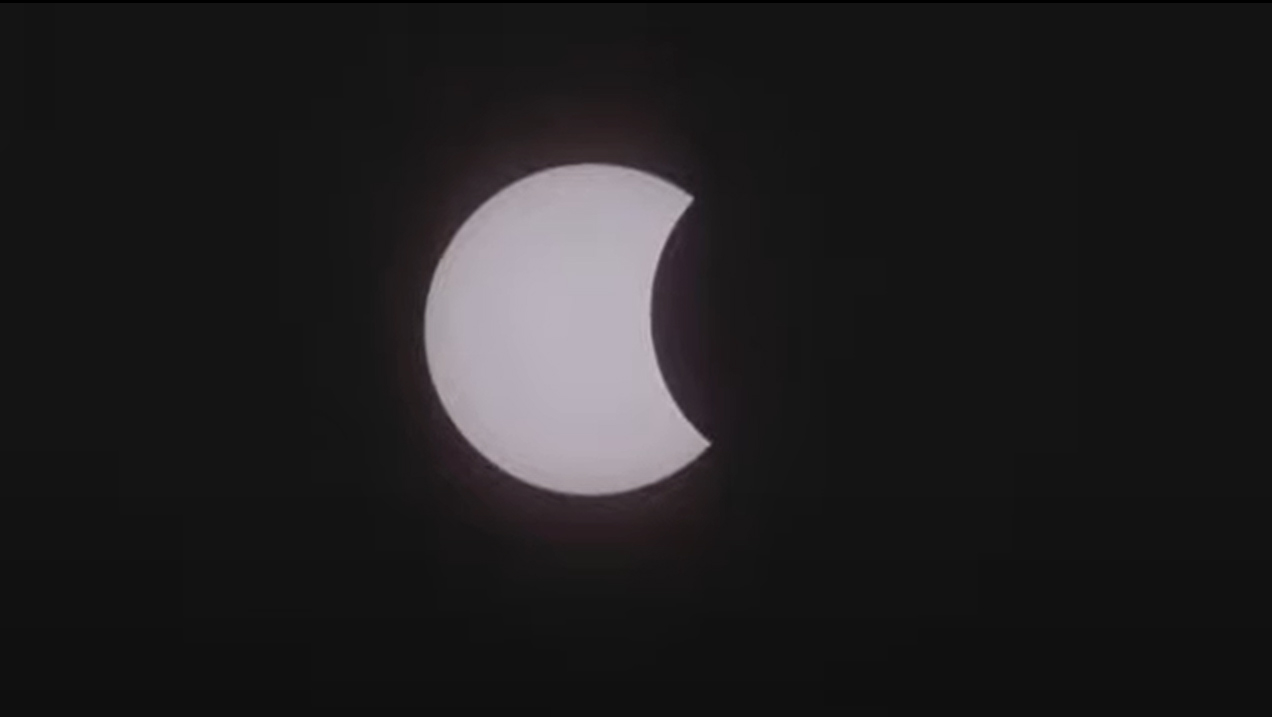
The end of the partial phase of the total solar eclipse of Dec. 4, 2021 is seen in this still from a video captured by Theo Boris and Christian Lockwood of the JM Pasachoff Antarctic Expedition from their observing point in Union Glacier, Antarctica on Dec. 4, 2021.
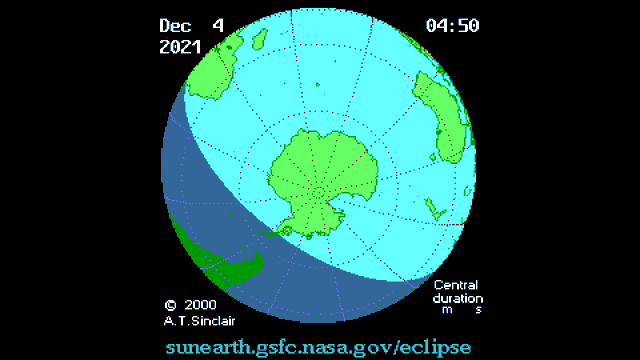
This NASA animation shows the path the total solar eclipse of Dec. 4, 2021 took across Antarctica.
It began in the extreme southern Atlantic Ocean, then moved across Antarctica to end in the ocean on the other side as seen in the strip outlined in blue.
Some cruise ships carrying stargazers hoped to catch glimpses of the total solar eclipse from the ocean.
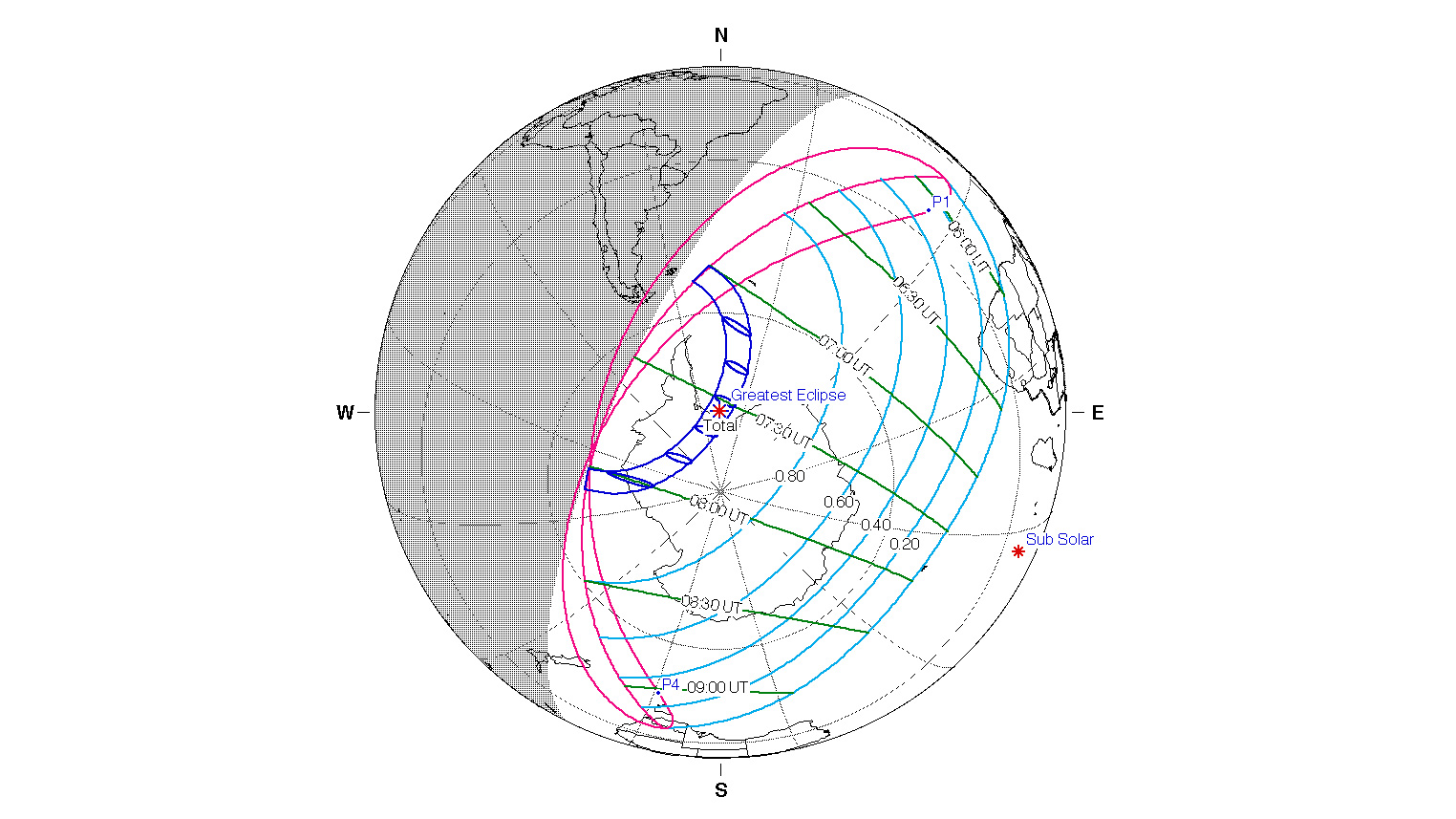
Another NASA map of the path the total solar eclipse of Dec. 4, 2021 took across Antarctica.
This event was the last total solar eclipse until 2023, when a hybrid solar eclipse (an eclipse that is visible as both an annular "ring of fire" solar eclipse and total solar eclipse from different parts of Earth) occurs. That event will occur on April 20, 2023 and be visible from the southeastern Pacific Ocean and parts of South America.
The next partial solar eclipse will occur on April 30, 2022 and be visible from the southeastern Pacific Ocean and parts of South America. Another partial solar eclipse will occur on Oct. 25, 2022 and be visible from parts of Europe, northeast Africa, the Mideast and western Asia.
A "ring of fire" solar eclipse will next occur on Oct. 14, 2023 and be visible from North America, South America and Central America. The next true total solar eclipse coming on April 8, 2024, crossing across parts of North America and Central America.
Prepare yourself for those solar eclipses with our guide on how to photograph a solar eclipse safely. Our best cameras for astrophotography and the best lenses for astrophotography guides will help you pick the best gear to prepare for the next solar eclipse, too.

Tariq is the award-winning Editor-in-Chief of Space.com and joined the team in 2001. He covers human spaceflight, as well as skywatching and entertainment. He became Space.com's Editor-in-Chief in 2019. Before joining Space.com, Tariq was a staff reporter for The Los Angeles Times covering education and city beats in La Habra, Fullerton and Huntington Beach. He's a recipient of the 2022 Harry Kolcum Award for excellence in space reporting and the 2025 Space Pioneer Award from the National Space Society. He is an Eagle Scout and Space Camp alum with journalism degrees from the USC and NYU. You can find Tariq at Space.com and as the co-host to the This Week In Space podcast on the TWiT network. To see his latest project, you can follow Tariq on Twitter @tariqjmalik.
